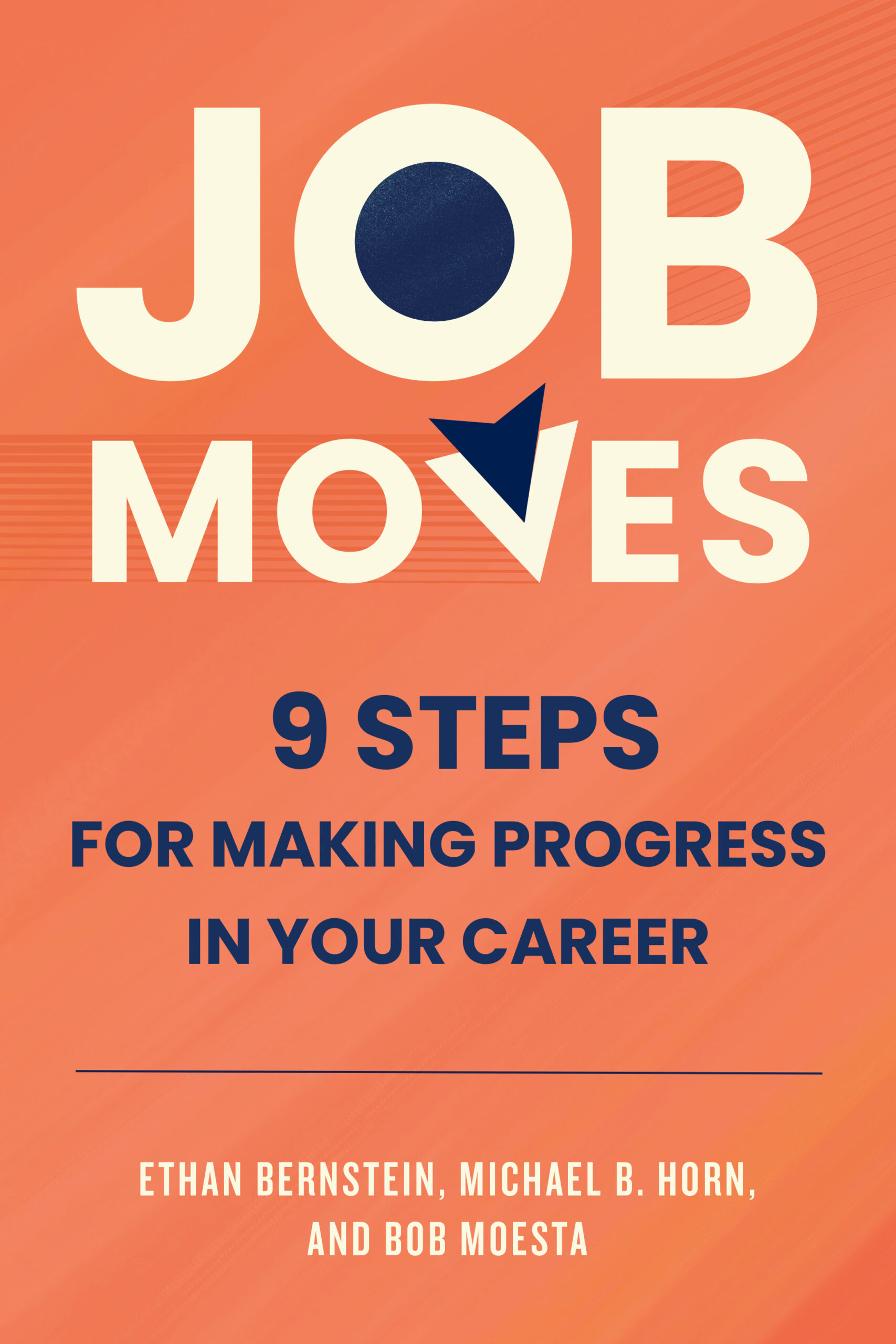Excommunicated: St. Thomas proved too good at sports — and building a college
By John Rosengren
CityPages
Midway through the first quarter at O’Shaughnessy Stadium, the University of St. Thomas football team leads 21-0 over tiny Trinity International University, an evangelical school from suburban Chicago. In last year’s opener, St. Thomas walloped these same Trojans 76-7. This year, only seven Trinity fans bothered to make the six-hour drive to watch the flagellation.
The student section—full of purple Tommie T-shirts and several seminarians—had begun the afternoon enthusiastically, taking turns tossing one another into the air. But as the game becomes more lopsided, their cheers soften. A gray-haired priest in the second row, likely positioned to keep students in line with the school’s Catholic standards, seems more apt to administer the Trojans’ last rites. …
This is also why the Presidents Council evicted St. Thomas from the Minnesota Intercollegiate Athletic Conference (MIAC): lack of “athletic competitive parity.”
At least that’s the official version. But, like the scoreboard, it doesn’t tell the full story. …
“It seems they’ve successfully insulated themselves” from the market pressures facing colleges, observes Michael Horn, an author and expert in the future of higher education. “The name of the game is how to diversify your business model so you are not dependent on smaller, specific programs. To be able to evolve as the market changes—that’s important to be able to survive.”

0 comments